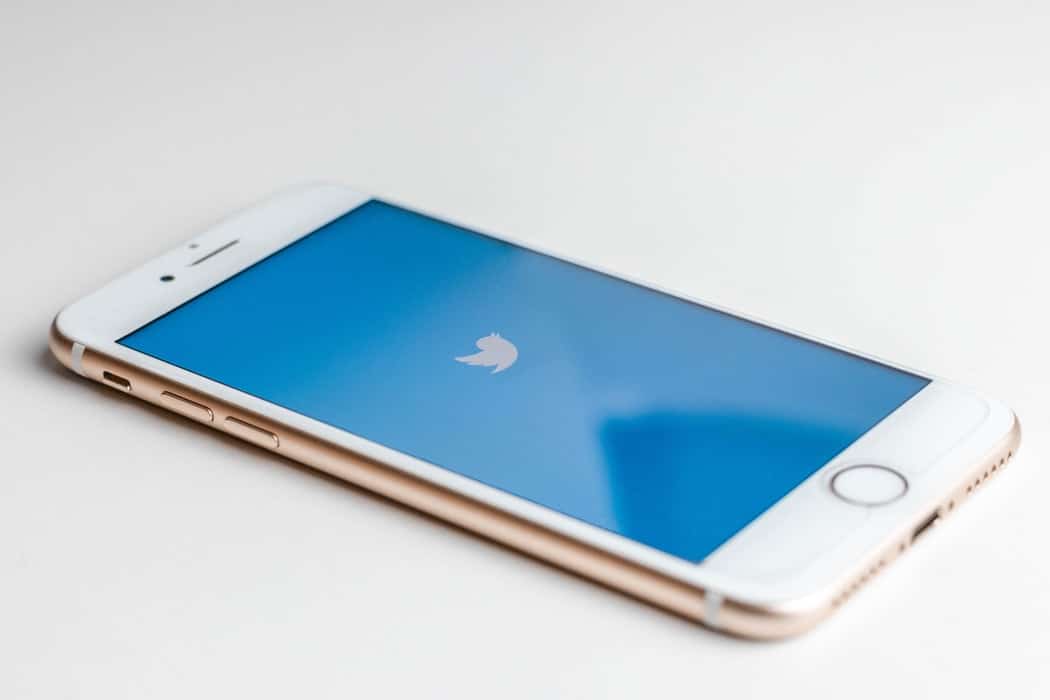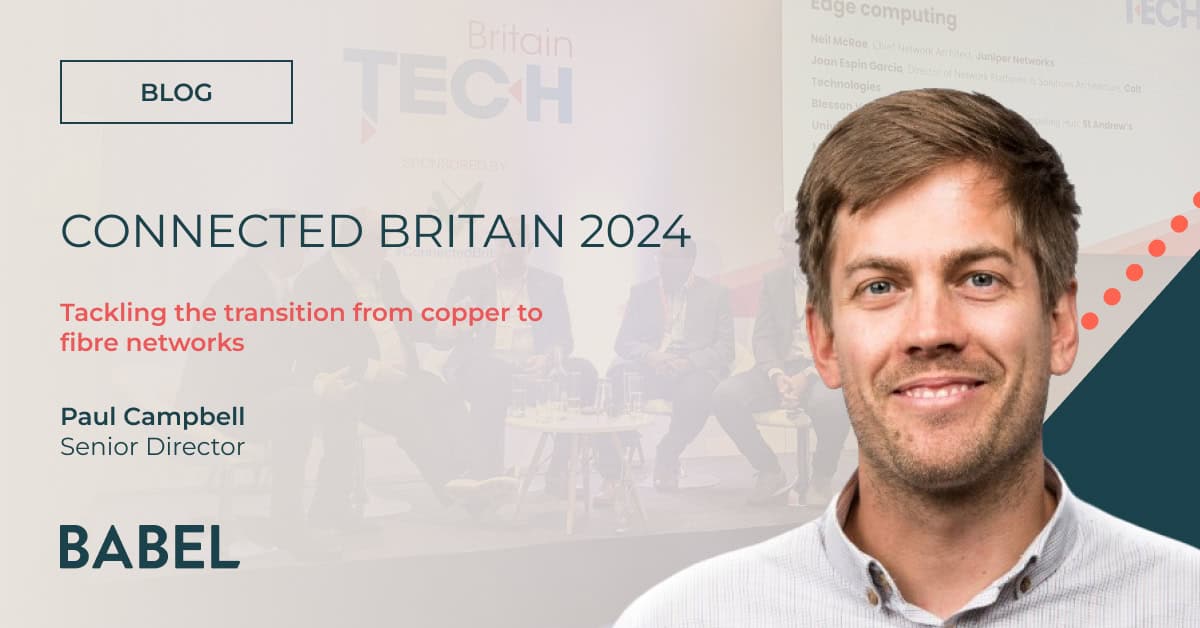
Happy Birthday Mr Tweet
The 21 March marks the 14th anniversary since Jack Dorsey wrote his first-ever tweet. Twitter was nearly an afterthought in those early days, the fallout from a video service Dorsey had a hand in starting. Despite protests from investors, the company launched, and today, you’d struggle to find a single person who has not heard of the social platform.
For PR pros, Twitter is like oxygen. It’s a way to breathe life into new PR campaigns, cultivate relationships with journalists, stakeholders and consumers, and handle crisis communications with higher speed and targeting.
For myself, it’s hard to imagine a world without social media. It plays an integral part in communicating with friends and strangers alike, checking news headlines and understanding current affairs. In this day and age, executing a PR campaign without Twitter playing a central role would be unheard of.
Twitter has changed not only how we executive campaigns, but how we craft messages. As George Stenitzer, VP of marketing and corporate communications at B2B company Tellabs, stated it: “Twitter is the world’s ultimate headline writing contest. It teaches brevity. Good tweets need only seven words to capture attention, 70 characters to maximize retweets.”
It’s easy to say Twitter has changed the way we communicate in the PR industry – it’s undeniably true. But to what extent has the social platform altered the world we work in? Let’s go through some points:
Social media has created a conversation.
Gone are the days when we just blasted news out, with little discussion or conversation. We have learnt and gained the ability to listen, understand and engage with our audiences much more directly. In the world of PR today, we must be prepared to have a two-way conversation, that goes on to shapes our campaigns.
Role of traditional journalism is evolving.
Perhaps ten years ago, traditional media would be the go-to source for information. Now, however, we find ourselves turning to Twitter for breaking news stories before going to print. Twitter has also provided a way for regular people to become citizen journalists. The consumer does not have to rely on major news organisations to be on the scene, as brands and individuals are becoming publishers in their own right, and the sphere of influencers for PR has become much broader. The influencer generation was born out of Twitter. Influencers are now part of real-life conversations, telling people where to go, what to buy, and what to focus your attention on. For PR, it means we can directly develop brand ambassadors and communities via social media, that are highly relevant to an audience from a thought leadership perspective. Or, working with influencers who provide a platform to reach your target audience and portray your brand message.
Research is easily accessible.
Perhaps one of Twitter’s greatest strengths, is the wealth of information it contains, be it on target markets, customer insights and even what media to pitch to. PR professionals can now generate new leads and opportunities using tools such as Twitter and its analytics to feed into campaign planning in a variety of different ways.
PR pros have increased access to journalists
Social media helps PR pros get closer than ever to reporters in a non-intrusive way. By following a journalist on social media, PR pros can learn about a reporter’s tone of voice, opinions on relevant topics and recent work. The more PR professionals know about what a journalist is looking for, the better the information and stories they provide to that reporter or influencer can be, therefore making it a win-win case for all parties.
Faster and more visible communication
The result of social media and platforms such as Twitter with its reactive messaging, means we now live in a 24/7 world. At any time, PR’s can take a real-time temperature of their audience’s feelings, and communicate directly to them. As a result, things break quicker than ever before, which means that our response times have to be faster across more channels. PR professionals are now responsible for managing brand voice and protecting the organisation’s online reputation via the publication and promotion of additional social content, community engagement, and media monitoring simultaneously. As such, brands have to monitor Twitter and other social platforms regularly and react in real-time. But it can also lead to the identification of positive feedback, which can be used in different ways away from the social channel. On the flip side, failure to monitor social media and have a plan in place for responding to customer feedback (both good and bad) could mean a missed opportunity at best (like the Red Lobster-Beyonce faux pas from early 2016) or a full-scale crisis at worst (United Airlines).
The amount of growth Twitter has seen in the last decade alone is almost in-comprehendible. It’s hard for us to think back to a time where Twitter did not exist, which is why we are excited to see where the next 14 years will take us.
If you’re interested in learning more about how to leverage social media to further your brand awareness, gain traction and become a thought leader, contact Babel where we will be more than happy to help you further your brand’s social presence.





